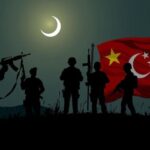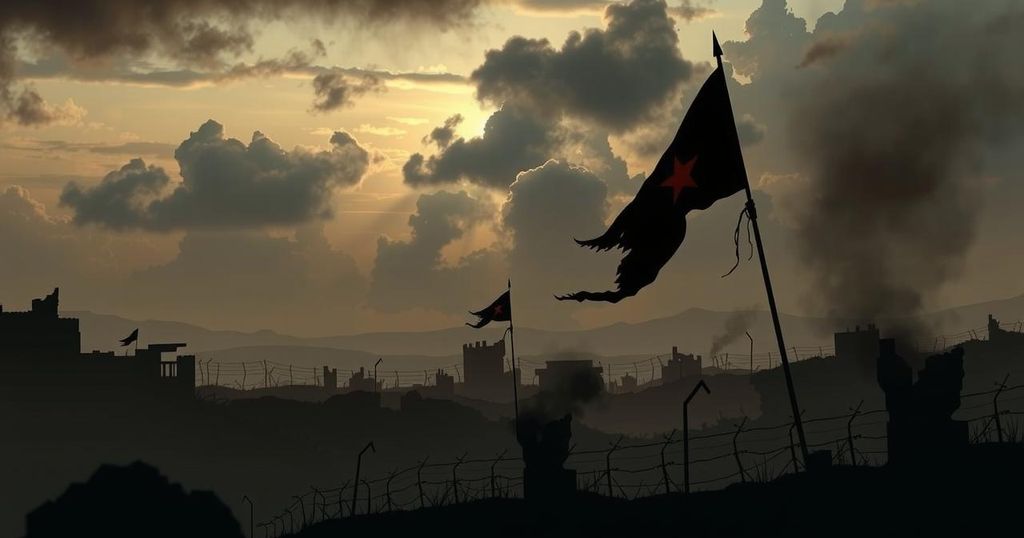Analysis of the Factors Behind the Sri Lankan Government’s Victory in the Civil War
The Sri Lankan Government’s (SLG) success in defeating the LTTE during the civil war was significantly influenced by the loss of local support for the insurgents, strategic military operations, avoidance of foreign intervention, effective civil-military cooperation, and control over media narratives. The SLG’s maritime strategies effectively disrupted the insurgents’ supply chains, contributing to their operational decline and eventual victory.
Since the conclusion of Sri Lanka’s civil war, extensive analysis from military and academic circles has examined the factors contributing to the Sri Lankan Government’s (SLG) success in overcoming insurgents. A pivotal point highlighted is the diminishing legitimacy of the insurgents among the Tamil populace, as assessed by Stephen Battle in 2010. This loss of popular support, exacerbated by a dip in foreign backing post-9/11, significantly undermined the insurgents’ operational capacity. During the final stages of the conflict, forced conscription into the insurgency’s ranks further alienated local support for the Tamil Tigers (LTTE). Another salient aspect of the SLG’s strategy was its resistance to foreign intervention, adhering instead to a philosophy articulated by Edward Luttwak in his influential article, “Give War a Chance.” By allowing the conflict to unfold without external cessation, the government successfully navigated towards a conclusive military victory. This strategy was fortified by exceptional civil-military cooperation, which helped in banning the LTTE in 32 countries, thereby crippling its funding and logistical networks. The SLG’s military actions were marked by decisive leadership, clear objectives, and efficient allocation of resources, leading to marked territorial gains. The growth and training of military forces played a crucial role in the SLG’s renewed offensive posture. Strategic intelligence enhancements and the creation of a robust National Security Council further amplified operational effectiveness. The SLG adopted successful infantry operations supplemented by civil defense measures, safeguarding civilians and altering public perception of the conflict. In the realm of media control, the SLG was instrumental in shaping the narrative surrounding the military conflict, restraining insurgent propaganda efforts through strategic communication and dismissing non-governmental organizations that could have influenced public opinion against their objectives. Moreover, the naval tactics employed against the insurgents represented a significant factor in favor of the SLG. By effectively disrupting maritime supply routes and neutralizing the LTTE’s floating warehouses, the SLG secured an operational advantage essential for sustaining its military campaign. Throughout this complex conflict, pivotal operations, aided by meticulous intelligence gathering, resulted in capturing and destroying substantial quantities of military supplies, critical to diminishing insurgent capabilities. Overall, the interplay of these factors—diminished local support for the insurgents, the deliberate avoidance of foreign intervention, effective civil-military integration, and naval dominance—culminated in the SLG’s successful conclusion of the civil war against the LTTE.
An examination of the successful tactics and strategies employed by the Sri Lankan Government during the civil war offers insights into the complex dynamics of counterinsurgency operations. The civil war, lasting from 1983 to 2009, pitted the SLG against the LTTE, a militant organization seeking autonomy for the Tamil population in Sri Lanka. Analyzing the factors leading to the SLG’s success reveals the interactions between popular perception, military strategy, and the significance of controlling both land and maritime domains.
In summary, several interlinked factors contributed to the SLG’s successful defeat of the LTTE during the Sri Lankan civil war. These included a significant loss of legitimacy among the insurgent movement, strategic military planning and execution, robust civil-military cooperation, and effective control of the media narrative. Furthermore, the SLG’s successful disruption of the LTTE’s maritime supply lines proved critical in undermining the insurgents’ operational capabilities, culminating in a decisive victory.
Original Source: slguardian.org








Post Comment